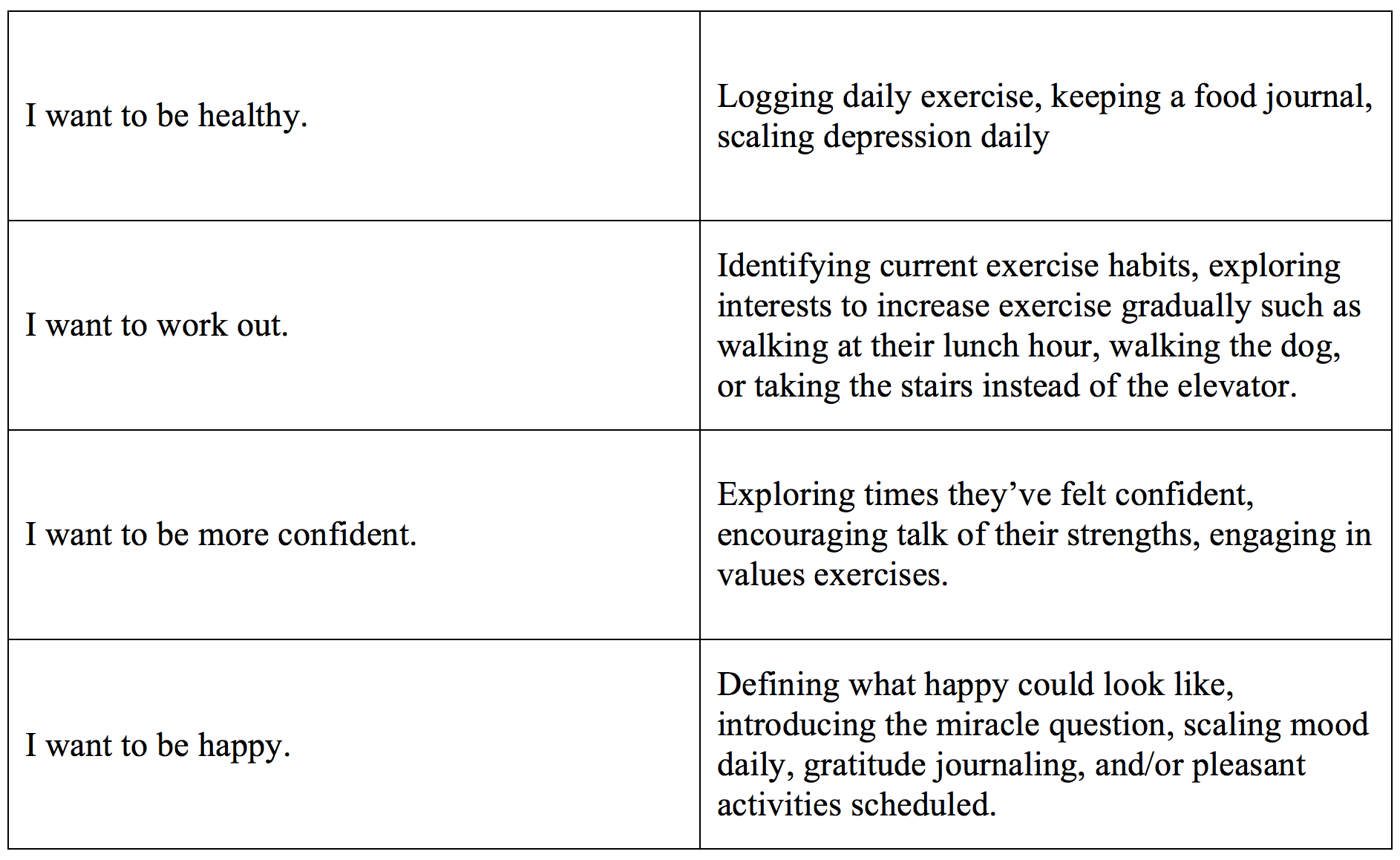I can’t handle it when others are upset. I throw myself into work to avoid emotions. I want to be left alone. No one understands me. I want everyone around me to be happy. Can you relate to any of these statements when it comes to how you operate in your world? Does this describe your reactions when relating to others? If so, there is good news! The Enneagram is a personality test that not only looks at your strengths and weaknesses, but also allows insight into relationships with others in order to strengthen compassion and connection.
Personality Test Popularity
For many of us, we’ve been exposed to personality tests in the past, whether it was part of high school psychology class, a component of starting a new job, or a viral quiz on social media. Myers-Briggs Type Indicator (MBTI) was the go-to personality test for several decades starting in the 1940s when exploring a person’s extraversion, intuition, and decision-making skills. The Enneagram has been around almost as long, making an introduction in America in the 1950s. Praised as a tool for deeper awareness, self-understanding, and self-discovery, The Enneagram classifies personality into 9 categories or types, identified below by The Enneagram Institute as:
Type 1: The Reformer
Type 2: The Helper
Type 3: The Achiever
Type 4: The Individualist
Type 5: The Investigator
Type 6: The Loyalist
Type 7: The Enthusiast
Type 8: The Challenger
Type 9: The Peacemaker
The Enneagram also claims that a person’s designation as one of the nine types is solidified in childhood based on traumatic or impactful experiences that reinforce behaviors that support feelings of safety and security. For example, someone who tests at Type 2, The Helper, may have a core belief that “I am good and ok if I help others.” The authors of several Enneagram books, Don Richard Riso and Russ Hudson further describe each person’s capacity to equally develop into any one type, however the type that ultimately defines us is reinforced by our environment at a very young age. Another example that can highlight this concept is the child who is praised for every positive performance or good grade, allowing them to feel pride when sharing their accomplishments at a young age. In continuing to seek that valuable praise to feel positively about themselves, they might find themselves pursuing various accomplishments throughout their life in a series of patterns of achievement, categorizing them as Personality Type 3, The Achiever.
Put it to the Test
So now that your curiosity is peaked, why not put it to the test and see for yourself? You might have an idea of your type just from the names above, however there are several options that can clarify your results. The Enneagram Institute (enneagraminsitute.com) has an online test that can define your type and any other connections to other types based on your responses to a series of questions. A faster option can also be found in a free App called EnneaApp, that can allow you to explore your type and read more about what the results mean in shortened form, ideal for those who want family members and loved ones to also test and identify their personality types. The Enneagram has risen in popularity due to its use in various contexts to help people better understand themselves and others.
Premarital Counseling
Individual and Family Therapy
Workplace Efficacy & Human Resources
As you can imagine, clarity about your type and The Enneagram type of others around you can help you rise to your fullest potential, including strategizing on projects in the workplace or connecting at a deeper level interpersonally. Therapists value the Enneagram due to its ability to start conversations about similarities and differences between people, as well as its ability to provide opportunities for growth and self-discovery.
Discovering Depth
Self-discovery with the Enneagram reflects the effort you put in the results and your ability to have an open mind. Designation of your personality type includes implications for balance and wellness by looking at the positive characteristics (which will please you) and the negative characteristics (which will make you want to hide). In other words, you will have positive traits that you feel fit your personality very well, and negative traits you will want to reject due to the painful accuracy of things you want to keep hidden from others due to embarrassment or shame.
Allow me to illustrate. If you are found to be a Type 8, The Challenger, you, like all the types, have both positive and negative characteristics. Some of your positive characteristics include having a powerful vision of your future, being vocal about your goals to get results, getting others cooperation in those goals, and being described as passionate. So far so good right? You sound like a force to be reckoned with. On the other hand, your negative traits include speaking over others, a ‘my way or the highway’ mentality when challenged, being described as bossy and overbearing, and being intimidating when expressing anger. As you can imagine, balance between positive and negative characteristics is important in exploring shifts to support connection with others both personally and professionally as well as workplace success.
Enneagram Enhanced
The Enneagram can go much deeper into passions, difficulties, relationships, team work, and more. Just look for trainings in your community and online to move into further discovery after you identify your type or the type of those you value. By beginning your journey into The Enneagram starting with your own reflection, you will uncover unlimited possibilities regarding how to successfully connect with strengths in yourself and with others!
“The point of it isn’t to just be a type, but to use the awareness of our type as a kind of entry into a more full-bodied humanity and a greater and greater capacity to embody and flow with all the different qualities of our humanness.” Russ Hudson





